Insulation Grants - Click HERE to apply for a Great British Insulation Scheme Grant
Do YOU Qualify for a Wall, Roof or Floor Insulation Grant?
The Government's ECO Scheme provides grants to install Cavity Wall Insulation, Solid Wall Insulation, Attic Room Insulation, Under Floor Insulation, Loft Insulation and Flat Roof Insulation
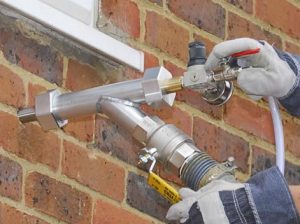
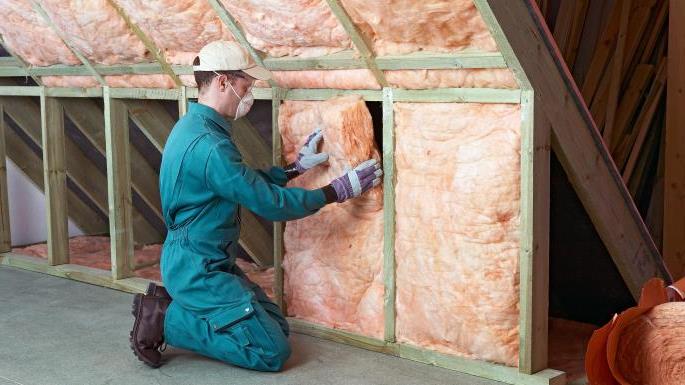
Room in Roof Insulation Grants
Room in Roof Insulation Grants, or Attic Room Insulation Grants are available form the ECO Scheme. If you have an uninsulated but usable loft room with a permanent staircase up to it you may qualify for a grant to install insulation.
Rigid insulation boards will be fitted between the rafters on the vertical walls and the sloping roof. Plasterboard is then installed over this ready for you to decorate.
You can turn a cold attic room into a usable additional space by applying for a Room in Roof Insulation Grant.
If you have have an attic room or a loft conversion which has no insulation, up to 25% of the heat you generate could be lost through the roof.
To qualify for room in roof insulation, you must receive one of the qualifying State Benefits, Tax Credits or Other Allowances.
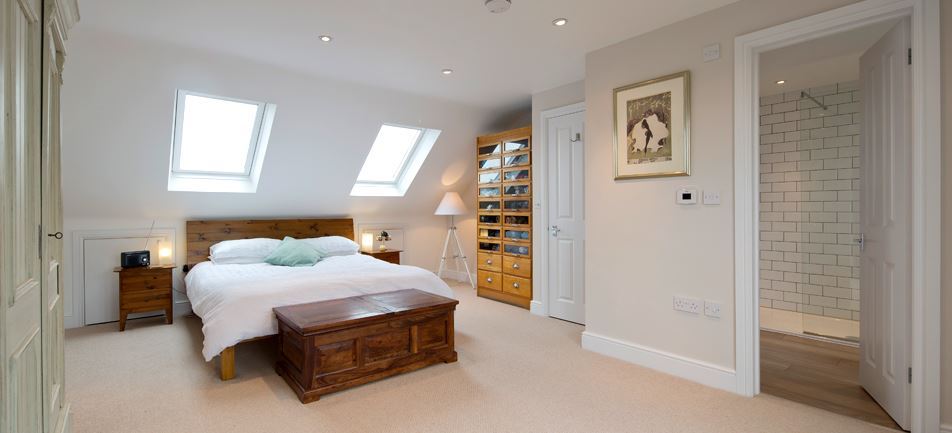
Cavity Wall Insulation Grants
ECO Scheme and Cavity Wall Insulation Grants
Free cavity wall insulation is funded by the Government’s Energy Companies Obligation or ECO, and applications may be subject to technical surveys and other eligibility criteria. ECO funding covers the cost of the survey, the insulation material and installation.
Also, sometimes work needs to be carried out which the funding does not cover. You will be offered the chance to meet these extra costs yourself but if you choose not to, you will not benefit from free cavity wall insulation.
If you do not receive State Benefits you may qualify for a cavity wall insulation grant from the Great British Insulation Scheme. Click HERE to apply.
More information about Cavity Wall Insulation
Most homes in the United Kingdom have external walls with a cavity between two layers of brick work. Cavity wall insulation is used to fill that gap, which helps to keep in the warmth, which in turn saves energy and reduces your heating bills.
Cavity wall insulation can also help to reduce condensation inside your home if this is a problem on your external walls. In general terms, the need for cavity wall insulation will probably apply to your home if:
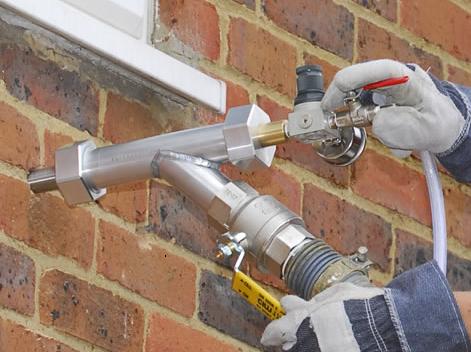
The property was built between 1924 and 1982
• The external walls have a cavity at least 40 mm and it is not insulated
• The brick work is in good condition
• The walls are not exposed to driving rain
An installer can carry out a boroscope inspection to ascertain whether your home already has cavity wall insulation installed and this involves drilling a small hole in the external wall to check if the cavity is filled or not.
Insulation Grants from the Affordable Warmth Scheme.
Solid Wall Insulation Grants
If your home has solid brick external walls or solid stone external walls which have no insulation, you may qualify for a Solid Wall Insulation Grant.
Both internal wall insulation and external wall insulation grants are available from the ECO Scheme. However, if you home has feature stone external walls you would be wise to choose internal wall insulation so that you can retain the external appearance of your home.
Internal Wall Insulation
Internal wall insulation is generally installed by fitting rigid insulation boards to the inside of the external walls of your home.
Alternatively, a stud wall can be constructed and filled in with insulation material such as mineral wool fibre.
External Wall Insulation
External wall insulation involves fixing a layer of insulation material to the external surface of your home’s walls.
This is then covered with a special type of render or cladding. The finished surface can be smooth, textured, painted, tiled, panelled, pebble-dashed, or finished with brick slips.
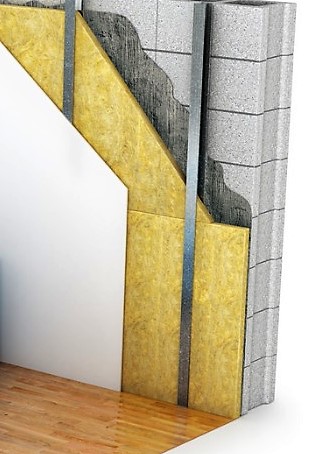
Loft Insulation Grants
ECO Scheme and Insulation Grants
Free loft insulation is funded by the Government’s Energy Companies Obligation or ECO, and applications may be subject to technical surveys and other eligibility criteria.
ECO funding covers the cost of the survey, the loft insulation material and installation. If you currently have no loft insulation at all, or less than 100 mm thickness of loft insulation, you may be entitled to free loft insulation.
Also, sometimes work needs to be carried out which the funding does not cover. You will be offered the chance to meet these extra costs yourself but if you choose not to, you will not benefit from free loft insulation.
If you do not receive State Benefits you may qualify for a loft insulation grant from the Great British Insulation Scheme. Click HERE to apply.
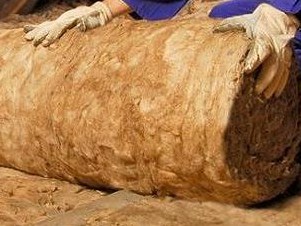
More information about Loft Insulation
Because heat rises it is no surprise that up to 25% of the heat created can be lost through the roof of your home. Insulating your roof is quick, easy and a relatively inexpensive way to reduce your energy usage. And because most types of loft insulation material will last for at least forty years, it should pay for itself many times over.
Recommended thicknesses for loft insulation are 270 millimetres for glass wool, 250 millimetres for rock wool and 220 millimetres for cellulose but the vast majority of properties that have had loft insulation already installed will normally only have approximately 100 mm fitted.
Based on a three bedroom semi-detached property annual savings on your heating bills should be around £180 per year if you have no loft insulation at all and around £25 per year if you there is 100 mm of loft insulation installed.
Insulation Grants from the Affordable Warmth Scheme.
Under Floor Insulation Grants
If your home has suspended wooden floors (rather than concrete floors) you may qualify for a grant to install insulation below them.
If you qualify for an under floor insulation grant, you may also qualify for a grant to replace your broken gas mains central heating boiler. This is part of the new Dual Measures ECO Grant Scheme.
Insulating underneath the floor boards of your home is less disruptive than you may think. Often, only one access point is required and this will be repaired by the installer, even if you have laminated flooring installed.
The ground floor of your home MUST have suspended wooden floors. The easiest way to check is to turn back the carpet in a corner of a GROUND FLOOR room to see whether the floor is concrete or wood. It could be wooden floor boards or wooden sheets.
Another way of checking, is by looking at the external brickwork of your home. If you have air bricks below the damp proof membrane at ground level, your home will have suspended wooden floors. This is because the air bricks allow ventilation below your ground floor, something not possible with concrete floors.
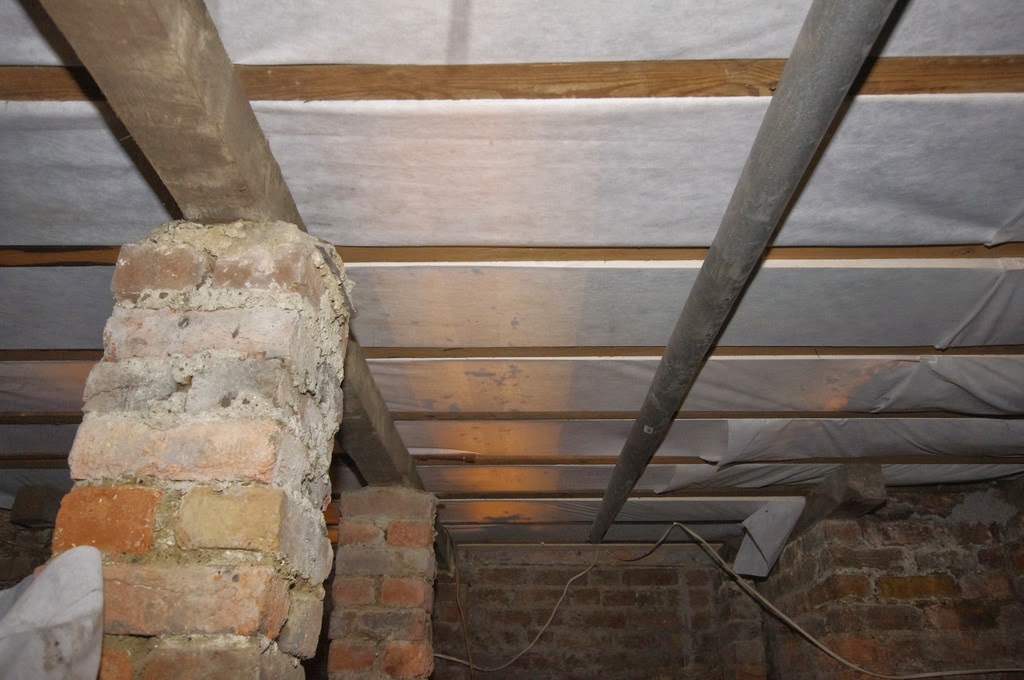
Flat Roof Insulation Grants
Flat Roof Insulation Grants
Flat roof should preferably be insulated from above to reduce the risk of condensation problems. The advantages of installing flat roof insulation from above include reducing disruption inside your home and maintaining the existing head room in the affected room.
If the existing roof is sound, a layer of rigid insulation boards can be added to the external surface. This is covered with a weatherproof layer of bitumen felt, rubber EPDB or Glass reinforced Polyester, although the latter two options may require a contribution towards the cost.
If the existing flat roof is worn it can be stripped back to the roof timbers and the insulation boards fastened down to the timber. The flat roof is then finished as above.


